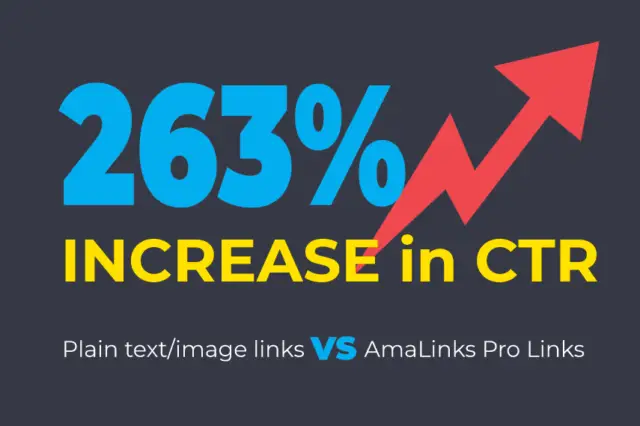
Learn about the Gucci affiliate program.
In the world of high fashion, one name stands as an epitome of opulence, innovation, and timeless style: Gucci. Founded in Florence, Italy, in 1921 by Guccio Gucci, the brand has transcended its humble beginnings as a small leather goods and luggage store to become a global powerhouse synonymous with luxury and sophistication. The Gucci name has become not just a label, but a symbol of prestige, artistic flair, and innovation in the realm of fashion.
Origins and Early Days
Guccio Gucci, the visionary behind the brand, began his journey by working in London’s famed Savoy Hotel. Inspired by the refined luggage of the hotel’s wealthy clientele, he returned to Florence with a vision to blend the exquisite craftsmanship of Tuscany with the elegance he had witnessed abroad. The first store he opened was a small shop that primarily sold leather goods and saddlery. Drawing from his experience in the hotel industry, Gucci emphasized the importance of impeccable customer service, which would later become a hallmark of the brand’s identity.
The Iconic Logo and Motifs
One of the most recognizable aspects of Gucci is its iconic logo and motifs. The interlocking double G’s, which stand for Guccio Gucci, are a globally recognized symbol of luxury and status. This logo was introduced in the 1960s and quickly became a mark of distinction in the fashion world. In addition to the logo, Gucci has also incorporated other motifs into its designs, such as the bamboo handle, the horsebit hardware, and the green-red-green web stripe, each of which has become a distinctive element of the brand’s aesthetic.
Innovations in Design
Gucci’s success can be attributed to its continuous innovation in design. During the 1950s and 60s, the brand gained popularity among Hollywood’s elite, further solidifying its reputation as a symbol of glamour. Gucci’s innovative spirit was evident in its introduction of the first-ever metal-framed handbag in 1947, a design that departed from the conventional materials used in handbag construction. This groundbreaking approach to design set the stage for the brand’s future ventures into unconventional materials and styles.
Gucci and the Ready-to-Wear Revolution
While Gucci initially gained fame for its accessories, the brand made a significant foray into the world of ready-to-wear fashion in the 1970s. Led by creative director Tom Ford in the 1990s, Gucci embraced sensuality and provocative design, pushing boundaries and redefining notions of luxury. Ford’s era marked a turning point for the brand, with its runway shows becoming the talk of the fashion industry and catapulting Gucci back into the forefront of high fashion.
Evolutions and Collaborations
Over the years, Gucci has continued to evolve and adapt to changing fashion landscapes. Alessandro Michele, appointed as creative director in 2015, brought a fresh and eclectic perspective to the brand. Michele’s designs are characterized by a maximalist approach, incorporating a mix of patterns, textures, and historical references. His tenure has rejuvenated the brand’s image, attracting a younger audience while still maintaining its allure among established clientele.
Gucci’s impact extends beyond its own collections through collaborations with artists, musicians, and other designers. These partnerships have resulted in limited-edition collections and innovative campaigns that fuse fashion with various art forms. This approach not only keeps the brand’s image dynamic but also resonates with a wider, more diverse audience.
Sustainability and Social Responsibility
In recent years, Gucci, like many other luxury brands, has recognized the importance of sustainability and social responsibility. The brand has taken steps to reduce its environmental impact, from adopting more responsible sourcing practices to launching initiatives that support environmental conservation and social justice causes. This shift reflects a broader industry trend toward ethical and sustainable practices.
The Enduring Allure of Gucci
Gucci’s enduring appeal can be attributed to its ability to blend tradition with innovation. While the brand has evolved over the decades, it has managed to retain a sense of timelessness that appeals to generations across the board. The iconic motifs, the commitment to craftsmanship, and the balance between classic elegance and contemporary edge have cemented Gucci’s place as a luxury icon.
Gucci’s journey from a small leather goods store in Florence to a global luxury powerhouse is a testament to its founder’s vision, the brand’s commitment to innovation, and its ability to adapt to changing times. Gucci’s influence is not confined to the world of fashion; it has permeated popular culture, art, and design, leaving an indelible mark on society. As the fashion industry continues to evolve, Gucci’s legacy of luxury, innovation, and style remains an enduring source of inspiration for both the fashion elite and the wider world.

Miles Anthony Smith
Miles is a loving father of 3 adults, devoted husband of 24+ years, chief affiliate marketer at AmaLinks Pro®, author, entrepreneur, SEO consultant, keynote speaker, investor, & owner of businesses that generate affiliate + ad income (Loop King Laces, Why Stuff Sucks, & Kompelling Kars). He’s spent the past 3 decades growing revenues for other’s businesses as well as his own. Miles has an MBA from Oklahoma State and has been featured in Entrepreneur, the Brookings Institution, Wikipedia, GoDaddy, Search Engine Watch, Advertising Week, & Neil Patel.
For more information about this offer: View the Gucci homepage




